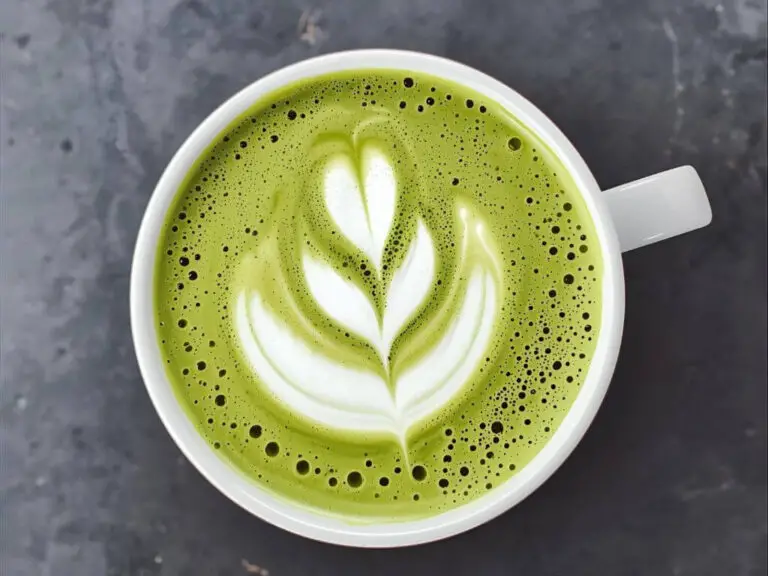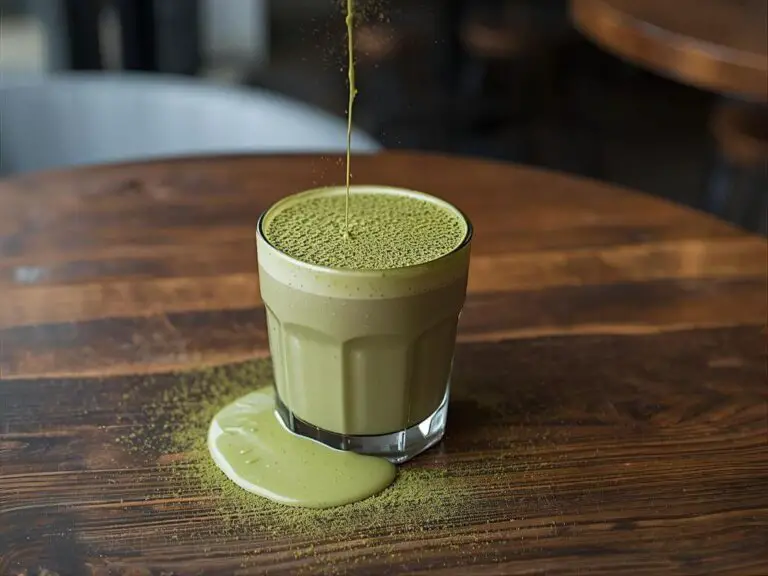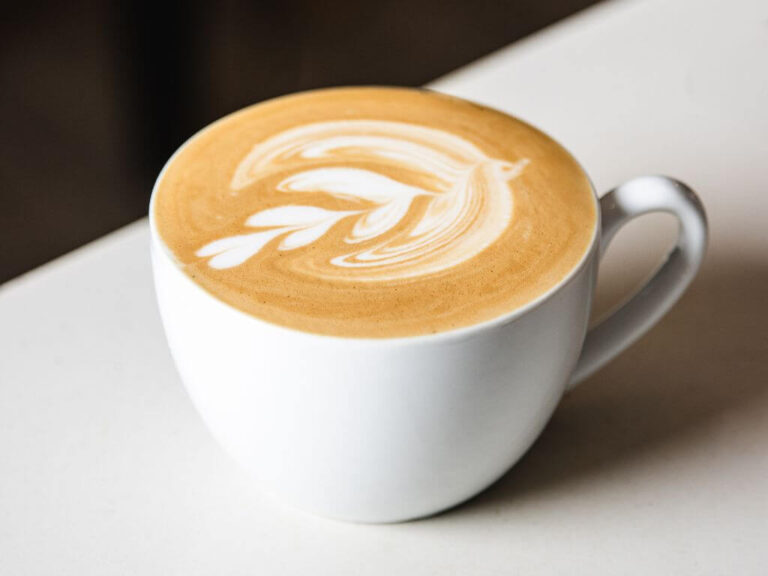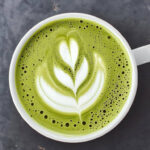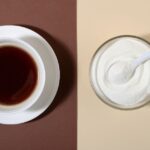Iced Matcha Latte Recipe: How to Make It Perfectly at Home
Are you tired of your usual iced coffee but still want a refreshing, energizing drink? Say hello to the iced matcha latte—a creamy, slightly sweet, and antioxidant-packed beverage that’s taking over cafes and home kitchens alike.
Matcha isn’t just a trend; it’s a superfood powerhouse. Unlike regular green tea, matcha is made from finely ground whole tea leaves, giving you 10x the nutrients and a smoother, richer flavor. And when turned into an iced latte, it becomes the ultimate summer (or anytime) drink—cooling, energizing, and totally customizable.
In this guide, you’ll learn:
✅ What makes matcha so special (hint: it’s not just caffeine!)
✅ The foolproof way to make an iced matcha latte at home (two easy methods)
✅ Delicious variations (dairy-free, flavored, protein-boosted, and more)
✅ Pro tips to avoid bitter, clumpy matcha
By the end, you’ll be sipping on a Starbucks-worthy iced matcha latte—without the barista price tag. Let’s dive in!

What Is Matcha? (And Why You Should Drink It)
If you’ve ever wondered why matcha is everywhere—from trendy cafes to health blogs—the answer lies in its unique benefits and rich history.
What Exactly Is Matcha?
Matcha is a finely ground powder made from specially grown green tea leaves. Unlike regular tea, where leaves are steeped and discarded, with matcha, you consume the whole leaf, meaning you get 100% of the nutrients.
Health Benefits of Matcha
Here’s why matcha is a superstar ingredient:
| Benefit | Why It Matters |
|---|---|
| Sustained Energy | Contains caffeine + L-theanine for alertness without jitters (no coffee crash!). |
| High in Antioxidants | Packed with EGCG, which helps fight inflammation and boost immunity. |
| Metabolism Boost | Can help increase fat burning by up to 17% (study-backed!). |
| Calm Focus | L-theanine promotes relaxed concentration—great for work or study sessions. |
Ceremonial vs. Culinary Grade: Which Should You Use?
Not all matcha is created equal!
- Ceremonial Grade → Best for drinking (smooth, slightly sweet, vibrant green).
- Culinary Grade → Better for baking/cooking (stronger, slightly bitter).
For lattes, always go for ceremonial grade—it blends smoother and tastes fresher.
Ingredients You’ll Need for the Perfect Iced Matcha Latte
Making an iced matcha latte at home is easier (and cheaper!) than buying one. Here’s what you’ll need:
Essential Ingredients
✔ 1 tsp high-quality matcha powder (ceremonial grade recommended)
✔ 1 cup milk (dairy, almond, oat, or coconut)
✔ 2 oz hot or cold water (for mixing)
✔ Sweetener (honey, agave, or simple syrup) – optional
✔ Ice cubes
Optional Upgrades
Want to get creative? Try:
- Vanilla extract (½ tsp for a subtle sweetness)
- Cinnamon or cocoa powder (for a spiced/chocolatey twist)
- Lavender or caramel syrup (Starbucks vibes at home!)
- Protein powder or collagen (for a fitness-friendly boost)
Pro Tip: If you’re new to matcha, start with less sweetener—you might love its natural earthy flavor!
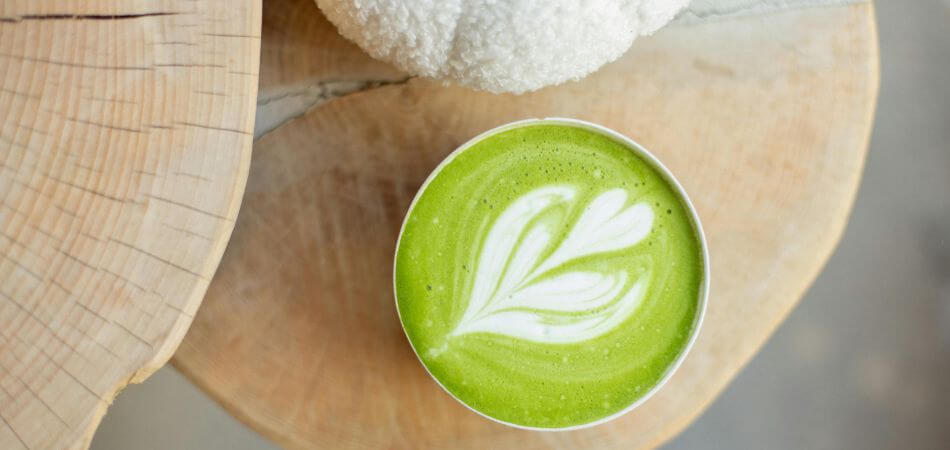
Step-by-Step: How to Make an Iced Matcha Latte (2 Easy Methods)
Making an iced matcha latte is simple—no fancy equipment needed! Here are two foolproof methods (with a whisk or a shaker).
Method 1: Traditional Whisk Method (Best for Frothy Matcha)
What You’ll Need:
- Small bowl or matcha whisk (chasen)
- Fine-mesh strainer (to sift matcha)
Steps:
- Sift the Matcha
- Place 1 tsp matcha powder in a strainer over a bowl.
- Sift to prevent clumps (key for smooth texture!).
- Add Hot Water & Whisk
- Pour 2 oz hot water (175°F / 80°C—not boiling!) over matcha.
- Use a bamboo whisk (or small regular whisk) to mix in a “W” motion until frothy (~30 sec).
- Assemble the Latte
- Fill a glass with ice cubes.
- Pour in 1 cup cold milk (dairy or plant-based).
- Slowly add the whisked matcha.
- Stir gently and enjoy!
Why This Works:
✔ Hot water helps dissolve matcha fully before cooling.
✔ Whisking creates a creamy froth (like a café drink!).
Method 2: Quick Shaker Method (No Whisk Needed!)
Perfect for when you’re in a hurry!
What You’ll Need:
- Mason jar or protein shaker
Steps:
- Shake Matcha + Liquid
- In a jar, combine:
- 1 tsp matcha powder
- 2 oz cold water (or a splash of milk)
- Sweetener (optional)
- Seal and shake hard for 15-20 sec until smooth.
- In a jar, combine:
- Pour Over Ice & Milk
- Fill a glass with ice.
- Add 1 cup milk, then top with shaken matcha.
- Stir and sip!
Why This Works:
✔ No special tools needed—just a jar!
✔ Cold water prevents bitterness (great for beginners).
Common Mistakes to Avoid
🚫 Using boiling water → Burns matcha, makes it bitter.
🚫 Skipping sifting → Leaves clumpy, gritty texture.
🚫 Over-sweetening → Masks matcha’s natural flavor.
Pro Tip: If your matcha settles, give it a quick stir before drinking!
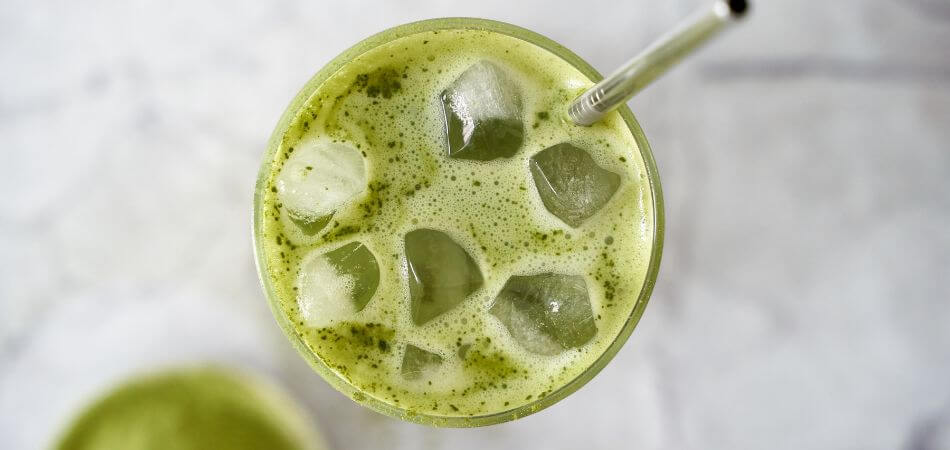
Iced Mocha Calories: What to Know
An iced mocha is a delicious coffee drink made with espresso, chocolate (syrup or powder), milk, and ice. Its calorie count depends on the size and ingredients used:
- Small (12 oz / 350ml): ~ 200-250 calories
- Medium (16 oz / 475ml): ~ 250-350 calories
- Large (20 oz / 590ml): ~ 350-450 calories
What Affects the Calories?
✅ Milk choice (whole milk vs. skim vs. almond milk)
✅ Chocolate type (syrup vs. cocoa powder)
✅ Added whipped cream (+50-100 calories)
✅ Sweeteners or extra syrup
Lower-Calorie Options:
- Use skim milk or almond milk
- Ask for less chocolate syrup or sugar-free syrup
- Skip the whipped cream
Iced Matcha Latte Caffeine Content – A Simple Guide
An iced matcha latte is a refreshing, creamy drink made with matcha powder, milk, and ice. But how much caffeine does it actually have?
Caffeine in Iced Matcha Latte:
- 1 tsp (2g) of matcha powder = ~70mg caffeine (similar to a shot of espresso, but releases energy slowly).
- A typical 12oz (350ml) iced matcha latte = ~50–70mg caffeine (depends on matcha amount).
Compared to Coffee:
- Iced coffee (12oz) = ~120–200mg caffeine (more intense, faster crash).
- Matcha caffeine is gentler—gives steady energy without jitters.
Factors Affecting Caffeine:
- Matcha quality (ceremonial grade = more caffeine).
- Amount used (some cafes add more for stronger taste).
- Milk type (doesn’t change caffeine, but affects richness).
Good to Know:
✅ Health perks – Matcha has antioxidants (good for focus & metabolism).
❌ Not caffeine-free – If sensitive, opt for less matcha or decaf options.
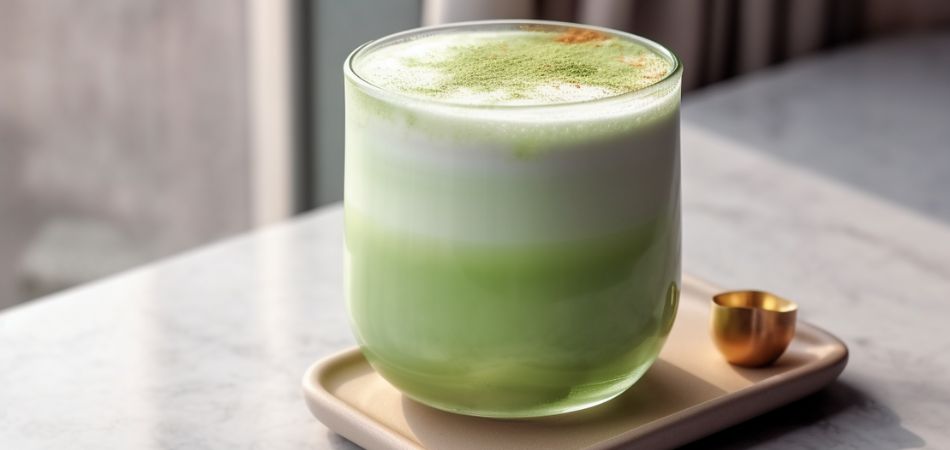
Customizations & Fun Variations
One of the best things about an iced matcha latte? You can tweak it a million ways! Here are some favorites:
Dairy-Free & Vegan Options
- Oat milk (creamiest texture)
- Almond milk (light & nutty)
- Coconut milk (tropical twist)
Flavor Boosters
- Vanilla (½ tsp extract or syrup)
- Lavender (1 tsp syrup for floral notes)
- Chocolate (1 tbsp cocoa powder)
Protein-Powered Matcha
- Add 1 scoop vanilla protein powder (blend for smoothness).
- Stir in collagen peptides for gut health.
Frappé-Style Blended Matcha
- Blend matcha + milk + ice until slushy.
- Top with whipped cream & matcha dust.
FAQs – Your Matcha Questions, Answered
❓ Does matcha have caffeine?
Yes, but less than coffee (~35mg per tsp vs. 95mg in coffee). The L-theanine in matcha gives calm energy (no jitters!).
❓ Why does my matcha taste bitter?
- Low-quality powder (always choose ceremonial grade).
- Water too hot (stick to 175°F / 80°C).
❓ Can I make it ahead?
It’s best fresh, but you can:
- Pre-mix matcha + water (store in fridge for 24 hrs).
- Add milk & ice just before drinking.
❓ Is matcha good for weight loss?
Studies show it boosts metabolism by 4-17%! Pair it with a healthy diet for best results.
Conclusion: Your Perfect Iced Matcha Latte Awaits!
Now you know exactly how to make a creamy, refreshing iced matcha latte—whether you’re a matcha newbie or a long-time fan.
Recap:
- Use ceremonial-grade matcha for the best flavor.
- Whisk or shake—both methods work!
- Customize with flavors, milks, and sweeteners.

